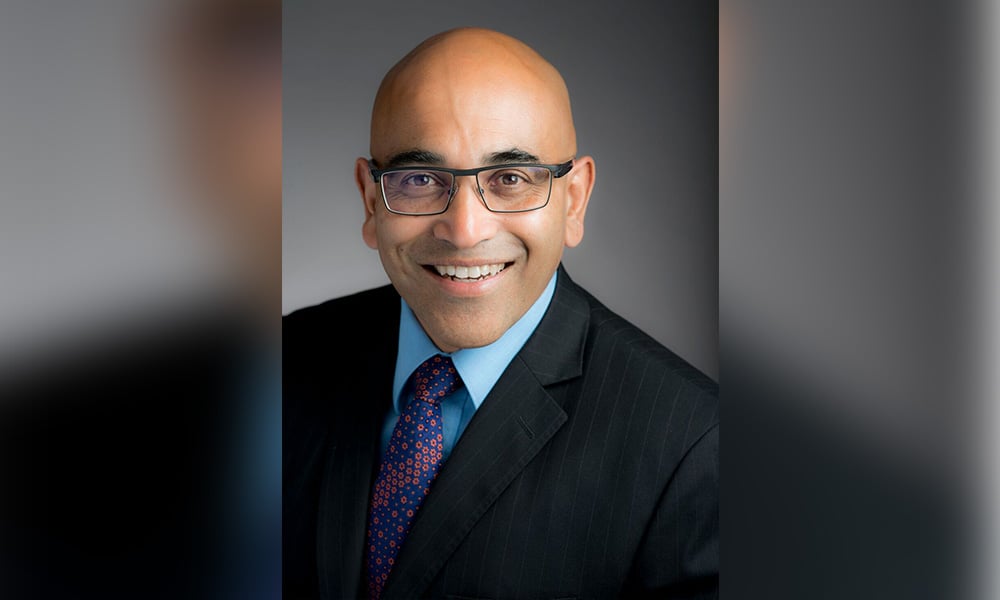Bond veteran explains how new liquid-alt fund breathes life into the investment-grade space

Retirement investing just isn’t what it used to be.
Back in the day, Canadians could pay their bills, send their kids to school, take on a mortgage, and address all their financial obligations, and still have enough to build healthy emergency funds, invest for a comfortable retirement, and maybe even leave a legacy.
Today, daily expenses take a much larger bite out of people’s income. And as they contend with longer life expectancies, shrinking paychecks, and a growing debt burden, just to name some new headwinds, the need for investments to provide income in retirement is becoming ever clearer.
Unfortunately, investing for income has also become more challenging. “Traditionally, fixed income has been considered a very safe way to generate returns,” said Brian D’Costa, founding partner and president of Algonquin Capital. “But the yields on safe investments have gotten so low. Most investment-grade funds and ETFs yield somewhere around 3%.”
D’Costa and his firm believe that investors would benefit from bond investments with yields in the 4% to 5% range, which he says was easier for investors before 2008 to generate through a buy-and-hold bond strategy. But as yields stay stubbornly low, some bond fund managers are grasping for returns through riskier exposures to emerging-market debt, foreign exchange, or commodities.
“The Algonquin Fixed Income 2.0 Fund is our solution to the problem of low yields,” he said. “It’s our way of rebooting fixed income — letting investors get higher potential returns without exposure to riskier asset classes.”
The new liquid-alternative strategy, which was launched in mid-January, has a core portfolio of North American investment-grade and high-yield bonds, as well as well as a small sleeve of preferred shares. The currency-hedged portfolio is designed to have an interest rate duration between two and six years.
But its secret sauce, which allows the strategy to target 4.5%-6.2% total yield, is the so-called credit overlay strategy: a portfolio of 100% investment-grade bonds, typically high-quality and shorter-dated corporates, purchased with leverage of 2-2.5x up to a maximum of 3x.
“Rather than adding exposure to other asset classes to boost returns, we use leverage and the ability to short securities to boost the returns offered by investment-grade bonds,” D’Costa said. “Being former bank bond traders, we employ active trading strategies to generate additional returns beyond simply earning a coupon.”
The strategies, he emphasized, are actually not innovative in and of themselves; they have been tried and tested by banks and pension fund managers for more than 30 years. But with changes to NI 81-102, which took effect last year, investors can now get access to managers with experience using those approaches; the talent at Algonquin includes four veterans with over 80 years’ worth of experience between them.
“We expect to turn over the portfolio 2 to 3 times a year,” D’Costa said. “We target an additional 1.5% to 2.5% to the return one might expect from simply owning a bond fund or ETF.”
He and his colleagues believe that bond yields will stay relatively low for a long time, implying returns in the neighbourhood of 3% for traditional buy-and-hold investing. In other words, Canadians have a choice to make as they build their nest eggs: save more now, settle for a lower standard of living in retirement — or be open to new investment approaches.
“Traditional bond funds experienced very nice gains last year due to the decline in interest rates,” D’Costa said. “We think it is a good time to take some chips off the table and go into alternative fixed income which has lower exposure to interest rates than some other options.”
Some investors may hesitate, as they view liquid alternative strategies as unfamiliar and therefore riskier. But D’Costa argues that a steady loss of purchasing power — on an after-tax basis, returns from traditional fixed-income investments lag the rate of inflation — represents a significant risk in itself.
He also underscored the importance of picking a manager carefully. “I have been driving for 40 years, but that doesn’t mean I can successfully pilot a Formula One race car around the track,” he said. “Our portfolio managers have many years’ experience of running leveraged fixed-income strategies; the same can’t be said for many bond portfolio managers.”



